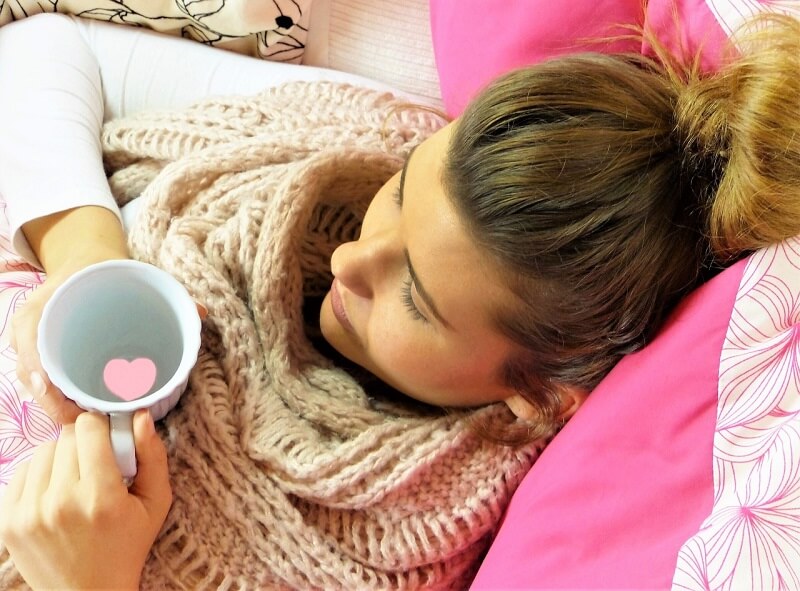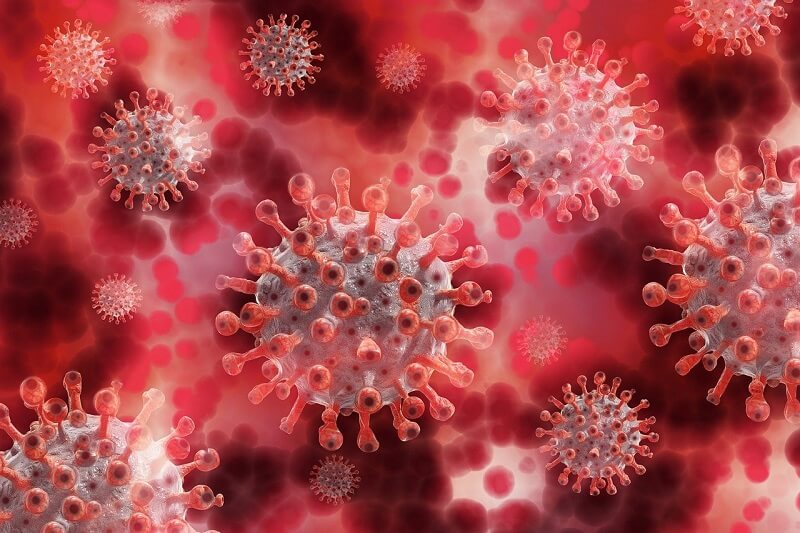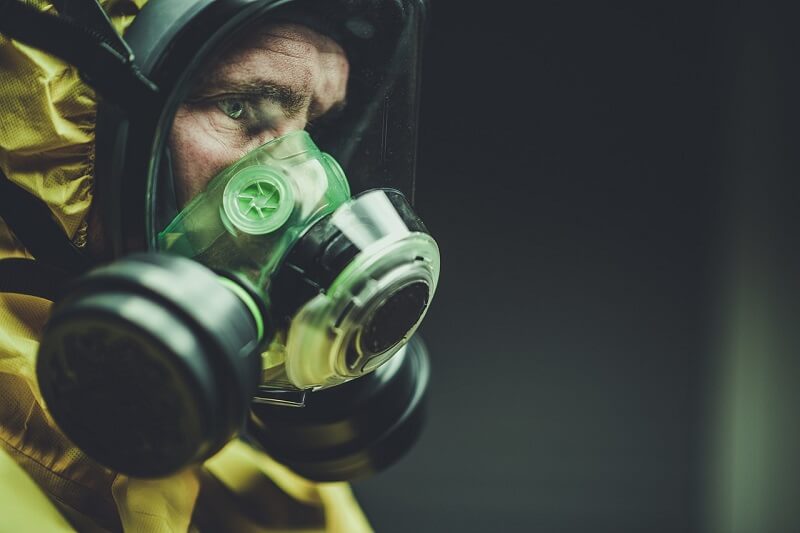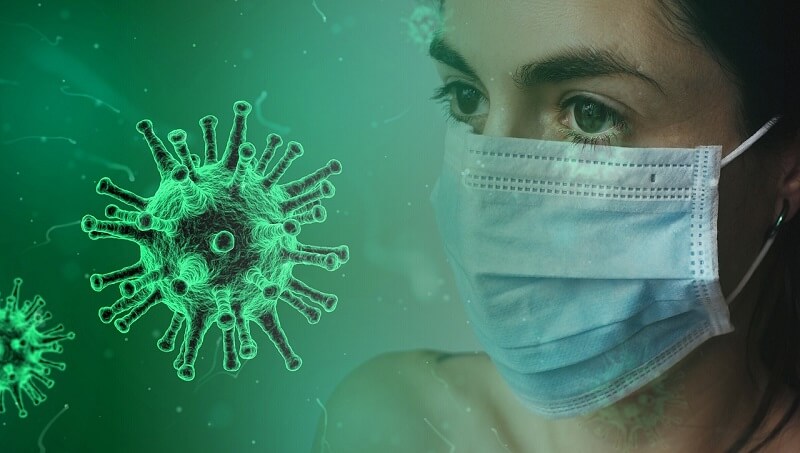The most frequent causes of water damage are leaks, internal building pipe bursts, and floods. However, the water can also result in the growth of mold, which begins to appear itself after a few days and is known to harm the home’s furniture and personal belongings. Occupants of the property may develop several illnesses and symptoms if water damage or mold is overlooked.
Sources of Mold
When it comes to decomposing dead living things and reintroducing nutrients to the environment, molds perform a significant ecological role. They need food and moisture to flourish, and they usually do best in warm, humid conditions.
The main factor that influences the rate of mold growth in a property is moisture, which affects both the varieties of mold that are present and the degree of mold colonization.
Mold can grow on several common household items, including insulation, wallpaper, carpet glue, drywall backing paper, dust, and dirt. Under unfavorable circumstances, mold colonies may go dormant and then resurrect when the environment is more suitable.
Potential Health Risks from Mold Growing from Water Damage

Mold poses a serious health risk in a household environment by causing allergies, irritants, and occasionally even potentially toxic substances. Mold can also cause allergic and susceptible individuals’ respiratory issues, such as asthma.
The majority of exposures in the home happen when individuals breathe in mold or spore fragments, both of which are parts of household dust. Additionally, they might be exposed if mold-contaminated objects come in contact with their skin.
Exposure to small levels of mold usually does not affect most people. However, some people can develop allergic reactions after being exposed to mold. The most typical signs of asthma in people with the condition include runny nose, eye discomfort, coughing, congestion, and asthma attacks.
Infections
Although common among individuals with good health, changes in skin barriers or resident microflora are more often the cause of superficial mycoses—infections that only affect the outermost layers of the skin and hair—than environmental exposures. In healthy individuals, only a small subset of mold species are aggressive pathogens, and these species are typically linked to particular outdoor exposures. However, those with weakened immune systems are more vulnerable to infection from a wider variety of opportunistic fungi.
Individuals who spend a lot of time in mold-infested buildings are prone to getting bronchitis very quickly. Once the mold spores are inhaled, the airways in the lungs may become irritated; this needs to be treated with medicines while also avoiding further exposure to the mold.
Therefore, it is wise to keep individuals with weakened immune systems away from mold-contaminated areas.
Skin Irritations

Mold spores frequently cause skin irritations, which can cause rashes and itching. A more adverse impact is eye irritation, which can cause redness to develop when in the contaminated area. On various parts of the body that are exposed to the home’s air, strange skin sensations like tingling and numbness can also start to appear.
Stay away from any mold that is on the property, and get professional assistance to treat the damaged areas. When entering the property, it’s essential to wear a face mask to prevent inhaling mold spores.
Allergies or Hypersensitivity
It is commonly known that mold can make people allergic. Immunologic responses to mold antigens cause hypersensitivity reactions, which can either be fast (allergy) or delayed (hypersensitivity).
Asthma and allergic rhinitis are the two conditions that are most frequently linked to mold exposure. Several types of hypersensitivity pneumonitis, often called extrinsic allergic alveolitis, are also linked to mold exposure.
When an allergen is inhaled as an organic dust, hypersensitivity pneumonitis can develop; typically, persistent or high-dose exposures are needed to cause disease.
Respiratory Conditions
People who are close to the mold may find it difficult to breathe and start to cough or sneeze. Once you start breathing in the air and spend several hours in the environment, nausea, vomiting, and nosebleeds may also start to appear.
The lungs may bleed severely in such circumstances, which is potentially fatal and necessitates rapid medical attention. Some people may experience chest pressure when breathing, while others may feel that their lungs are weak. Those who already have asthma may start to experience attacks more frequently.
Chronic Headaches

Another negative impact of mold exposure is chronic headaches, which can continue all day. Getting outside and embracing the fresh air may help some individuals feel better. It might be challenging to have strong energy levels when headaches are also accompanied by chronic exhaustion. Additionally, your sensitivity to light may increase.
You might eventually start to lose your memory, which can make it difficult for you to think effectively.
Effects of Toxicants
The development of mold can lead to the formation of several volatile organic compounds. The distinctive, musty smell connected with mold growth is caused by these microbial volatile organic compounds, which are a complex variety of substances such as alcohols, aldehydes, and aromatics. Microbial volatile organic compounds are typically simply irritating, but at high concentrations, they can irritate mucous membranes and result in several symptoms, such as rashes, eye irritation, rhinitis, and cough.
Some molds can produce mycotoxins, secondary metabolites that may be hazardous to humans when present in ideal circumstances. Molds that can produce toxins are sometimes referred to as “toxic mold” or “black” mold.
Summary
Can water damage cause mold? Yes! Significant water damage will probably cause mold growth if things aren’t completely dry in 48 hours. Because mold exposure can result in a variety of infectious and noninfectious health issues, people should try to limit it as much as possible, especially if they have existing medical conditions. When cleaning up mold in homes or at work, occupational health professionals should encourage individuals to wear the proper personal protective equipment. If any symptoms arise that might be related to mold exposure, workers should be urged to consult a doctor.


